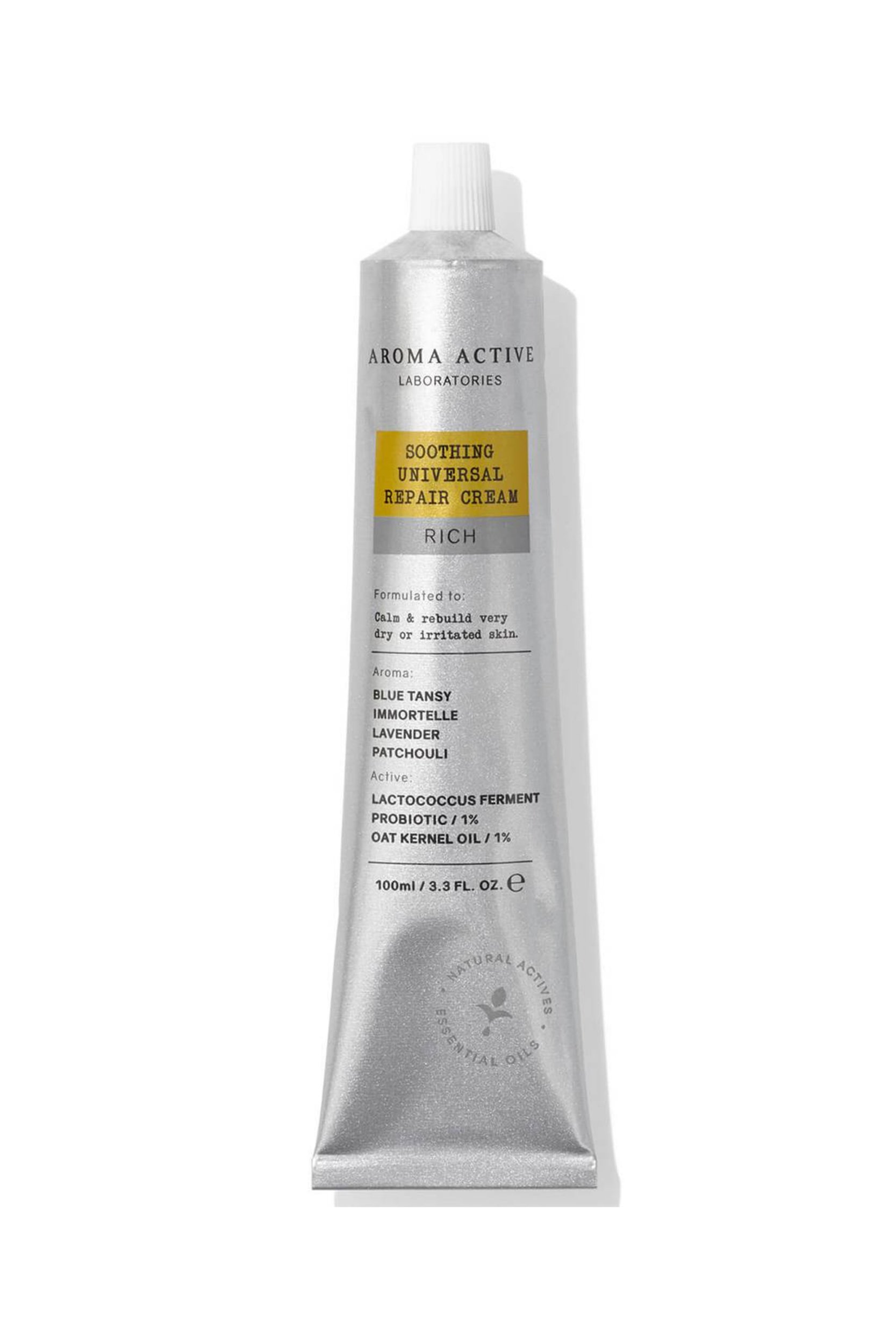The nail salon is like my sanctuary. There is quite literally no better feeling than exiting with a fresh mani, perfectly painted and beautifully presented.
These days, many of us who go to get our nails done – myself included – opt for a gel or ‘shellac’ appointment, which involves a longer-lasting, harder-wearing polish being applied under a nail lamp to cure.
In fact, you don’t even have to get it done by a professional any more; my editor Jo, for example, is a pro at doing her own gel mani from the comfort of her home.
But increasingly, I’ve been wondering about what my often-fortnightly gel mani appointments are actually doing to my poor nails and hands. I already feel I neglect this area of my body (cuticle oil, what’s that?!?!), so I’m pretty sure exposing them to light from a lamp all the time isn’t exactly helping them along.
I wanted to know whether I should be applying sun protection to my nails and hands before walking into the salon because – real talk – while I’m extremely diligent with SPF application on my face, my hands are often left to er, fend for themselves.
Speaking to experts and doing my own research, here’s what I found out…
What risk can light from a nail lamp pose?
Let’s begin with the basics: how do nail lamps actually work, and how can they cause damage?
“The process of getting a gel manicure involves placing the hands into a UV lamp for 30-60 seconds a time, for each layer of polish applied. This causes the gel to polymerize (harden – we call this ‘curing the polish’) and this is what makes the polish more chip resistant,” explains the team at RAWR Salons, where I get my gel extensions.
There are two types of lamps: UV and LED, both of which work to ‘cure’ your nails for their long-lasting effect. These lamps emit blue light (i.e. the colour you see when you pop your hands in and the lamp switches on), and ultraviolet light.
In the past, they have been very loosely compared to tanning beds (for example in this scientific paper by the University Hospital Galway in Ireland published in the Australasian Journal of Dermatology) – or the sun itself.
But before I alarm you too much, it’s important to consider your level of exposure.
These lamps emit less radiation than other sources mentioned, and the amount of time your hands actually spend in them is also minimal.
That said, there is a chance that in the long-term and with regular use, the lamps can cause a level of damage.
As well as having potential to accelerate ageing on the hands (as UV rays are known to do), “ultraviolet radiation does pose a risk of cancer to the skin and nails,” says Dr Kemi Fabusiwa, Eliza’s resident skincare columnist and expert.
“There is however a significant range in the amount of ultraviolet radiation emitted from different nail lamps,” she notes.
Plus, she says, “individuals who get their nails done weekly and spend significant time under the nail lamps” are most at risk of damage, whereas “for those who only get their nails done a couple of times a year and don’t spend longer under these lamps, that risk is pretty minuscule”.
How to protect your hands & nails from UV lamps
So, we’ve established there may be a risk involved with using nail lamps, but fear not, as there are ways you can protect yourself from UV radiation, which can be as simple as applying a protective SPF.
This advice is championed by the American Academy of Dermatology, who in recent years have recommended applying, “a broad-spectrum, water-resistant sunscreen with an SPF of 30 or higher to your hands to prevent skin cancer and premature skin ageing”.
You should ensure this is applied 30 minutes before your appointment, as the NHS recommends this number for sun exposure in general.
“Another option is to put on dark, opaque gloves with the fingertips snipped off before your nail polish is applied,” the AAD add, for the ultra-committed.
Skin experts are not the only ones who encourage SPF usage at the salon – your nail artist will likely be all for it, too.
“If you’re concerned about skin damage then I would recommend applying SPF to any exposed areas of your skin every day to protect yourself from any UV damage, if that’s from the sun or any form of UV light such as a gel nail lamp,” explains one of my favourite nail artists, Marissa Marsh (who created my incredible Pride nails).
“I apply SPF 50 to my face everyday and then a little extra on my hands, as I’ve heard your hands show the first signs of ageing!”
SPFs for your hands
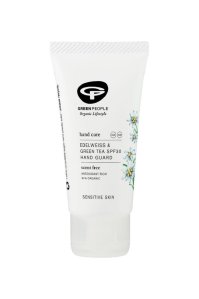

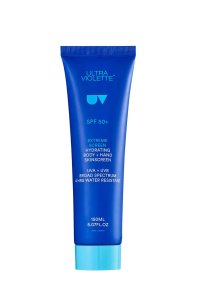
*Eliza may earn commission on sales from these product links
Product-wise, you can invest in a hand-specific SPF (see above), or as Marsh explains, just use a touch of your normal face SPF to save some £££. Some of my favourites are below.
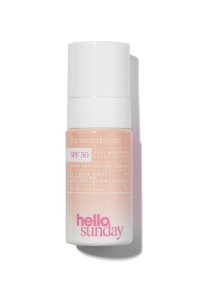
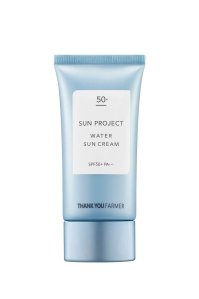
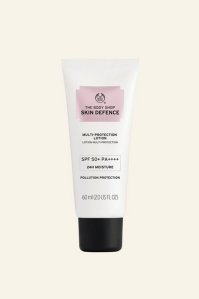
*Eliza may earn commission on sales from these product links
The team at RAWR also advises applying an SPF of at least 30 if you are concerned, as well as looking into purchasing UV-safe gloves, and making an effort to never ‘over-cure’ your nails, which your manicurist can assist with in salon (at home, make sure you read the instructions for exact timings on your lamp).
In general, you should also aim to care for your hands and nails with minimal sun exposure (while wearing SPF outside) and plenty of hydration (a rich balm like the Aroma Active Laboratories Soothing Universal Repair Cream Rich, £5, Boots is a great buy), and as Dr Kemi recommends, always be on the lookout for signs of nail cancer, “such as hemorrhage, ulceration or unusual pigmentation”.
She also advises taking periods off the lamps and opting for regular polish from time to time, to give hands a well-earned break.

